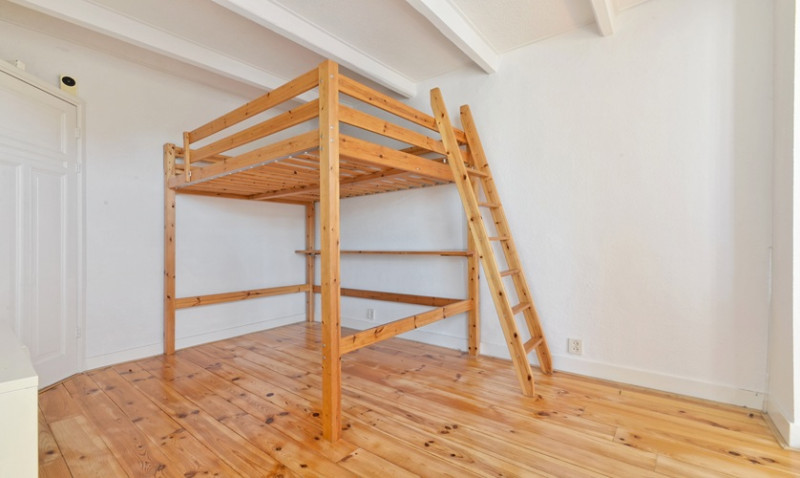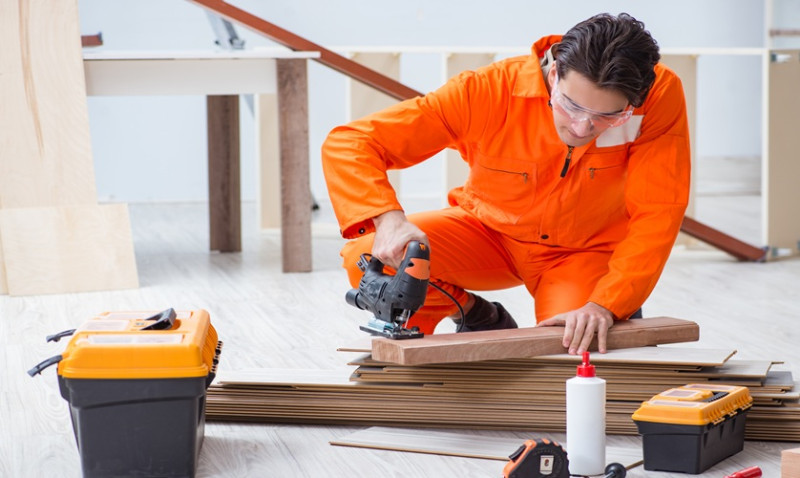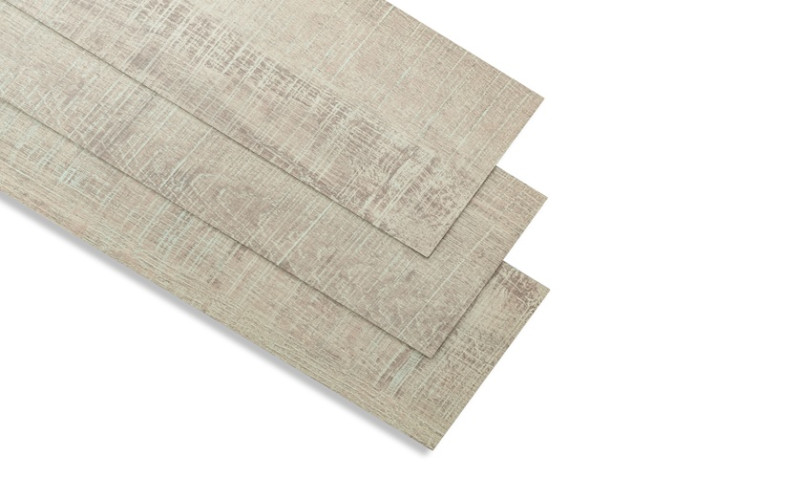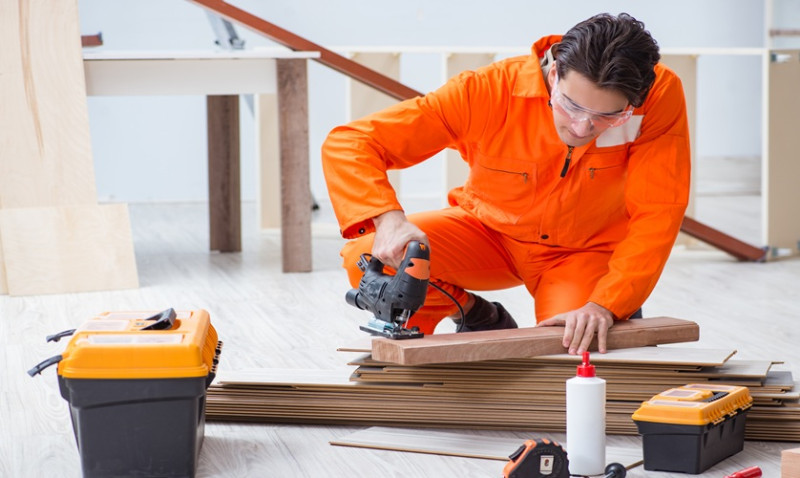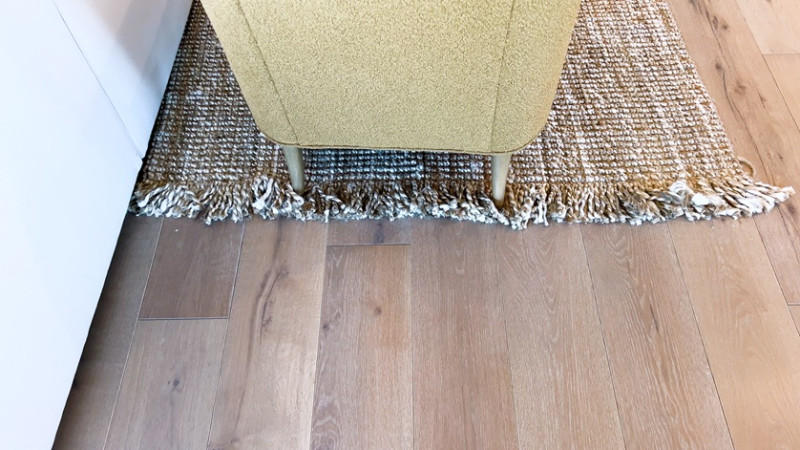
Luxury Vinyl Tile (LVT) flooring is rapidly becoming the go-to choice for homeowners, interior designers, and tradespeople across the UK. Why? Because it combines stunning aesthetics, durability, and easy maintenance – all at a fraction of the cost of traditional hardwood or stone. If you're a DIY enthusiast or a professional planning a renovation project, laying LVT flooring yourself can be a satisfying and cost-effective task. This step-by-step guide will walk you through everything you need to know about installing LVT flooring like a pro.
Whether you're renovating a home, designing a contemporary space for a client, or simply looking to upgrade your floors with minimal fuss, understanding the process of laying LVT flooring the right way is crucial for long-term performance and visual appeal.
What Is LVT Flooring?
Luxury Vinyl Tile (LVT) is a modern flooring option designed to mimic the appearance of natural materials like wood, stone, and ceramic. Unlike traditional vinyl sheets, LVT comes in planks or tiles and is thicker, more durable, and often features a textured surface for added realism.
One of its most significant benefits is its versatility. LVT flooring is 100% waterproof, making it ideal for kitchens, bathrooms, and other moisture-prone areas. Moreover, it’s softer and warmer underfoot than ceramic tiles or stone and offers excellent sound insulation—ideal for multi-level homes or high-traffic areas.
For UK customers, LVT is also compatible with underfloor heating systems (up to certain temperatures), making it a smart, stylish, and season-friendly option.
Tools and Materials You'll Need
Before diving into installation, make sure you have the following tools and materials ready:
| Tools | Materials |
|---|---|
| Utility knife | LVT planks or tiles |
| Measuring tape | Adhesive (for glue-down method) |
| Straight edge/ruler | Underlay (if required) |
| Pencil or chalk line | Floor primer (if required) |
| Rubber mallet | Spacers |
| Tapping block & pull bar | Floor roller (for glue-down) |
Having all your tools and materials lined up before starting will make the process much smoother and help avoid delays.
Preparation: What to Do Before You Start
Proper preparation is essential to ensure a smooth installation and long-lasting finish.
Begin by acclimating your LVT flooring to the room temperature. Keep the boxes in the installation room for at least 48 hours before starting so they can adjust to the environment. This step is critical, especially in the UK where temperatures and humidity levels can vary widely.
Next, prepare your subfloor. LVT can be installed over concrete, timber, or existing vinyl/tiles provided the surface is clean, level, and dry. Any bumps or dips can lead to imperfections or wear over time. Use a self-levelling compound for uneven concrete and plywood overlay on wooden floorboards if needed.
If you’re using an adhesive or self-adhesive type LVT, the floor might need to be primed first, so check the manufacturer’s guidelines before skipping this step. Planning ahead ensures peace of mind when you’re halfway through the room and everything’s going according to plan!
Choose Your Installation Method
There are three main installation methods in the UK, each suited for different types of LVT products:
- Click-lock (floating floor): This DIY-friendly option simply locks together like laminate flooring without glue or nails. Ideal for small to medium rooms.
- Glue-down: Recommended for commercial spaces or large rooms. Requires more time and skill but incredibly durable.
- Loose lay: Uses a heavy backing that grips the subfloor without adhesive. Suitable for temporary installs or offices.
Your choice of method will depend on the product selected, the room’s usage, and your experience level.
How to Lay LVT Flooring: Step-by-Step
- Plan Your Layout
Start by measuring your room and marking a central point using a chalk line. Dry-fit a few planks or tiles in both directions to see which layout looks best. Many professionals recommend starting from the centre for larger rooms to ensure symmetry or along the longest wall for smaller areas.
- Install the First Row
If you’re installing click-lock LVT, begin by laying the first plank with the tongue side facing the wall. Always leave a 5–10mm expansion gap around the room’s perimeter to accommodate temperature changes. Use spacers accordingly.
Continue joining planks end to end, cutting the last one to fit as needed. A utility knife and straight edge make clean, quick work of vinyl.
- Continue Laying Planks/Tiles
Stagger the planks as you move into the second row by using the off-cut of the previous row’s last plank – this not only reduces waste but enhances your floor’s natural appearance. Always click or press the planks into place tightly to avoid gaps.
For glue-down versions, trowel the adhesive evenly and press the tiles firmly into place. Wipe any excess adhesive away immediately with a damp cloth.
- Cutting Around Obstacles
Use a utility knife to make precision cuts around door frames, radiators, or awkward corners. Templates made from cardboard can be useful for tracing complex shapes. A jigsaw or multi-tool can help with trickier cuts if the vinyl is thick.
- Finishing the Edges
Once the main floor area is done, remove the spacers and fit suitable edge trims or skirting boards to conceal the expansion gaps. In high-moisture areas, use silicone sealant to seal around the perimeter.
Post-Installation Tips
After installation, refrain from placing heavy furniture or walking over glue-down LVT for at least 24–48 hours to allow the adhesive to set. If you’re installing click-LVT, ensure the floor is fully locked and level before moving furniture back in.
Maintain your new floor by sweeping or vacuuming regularly and cleaning spills immediately. Use non-abrasive cleaners specifically formulated for LVT and avoid soaking the floor with water, even though it’s waterproof.
Place felt pads under furniture legs to prevent scratching and use doormats at entry points to limit dirt and moisture buildup from outside.
Ready to Lay Your LVT Floor?
Installing LVT flooring yourself is rewarding and achievable with the right preparation and attention to detail. Whether you're sprucing up a flat in London, modernising a country home in Yorkshire, or updating a commercial unit in Manchester, LVT offers a stylish and functional surface that suits every space.
If you're in the UK and looking to buy high-quality LVT flooring, our expert team is here to help. We supply a wide range of luxury vinyl options suitable for every interior style and performance requirement. Order samples, consult our team, and get free delivery across the country on selected ranges.
Transform your space in a weekend – one plank at a time.
